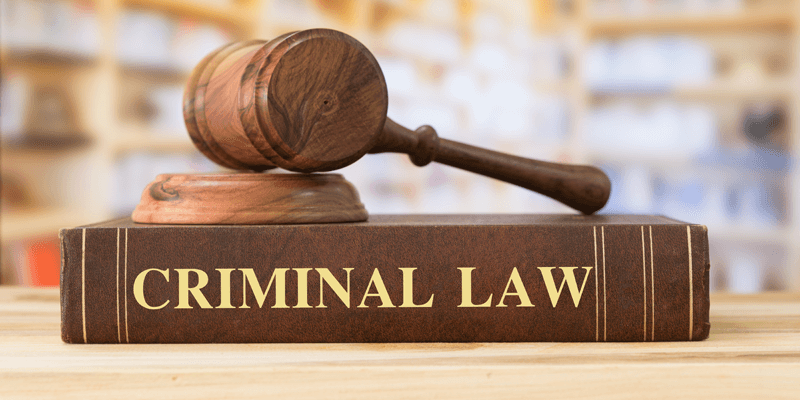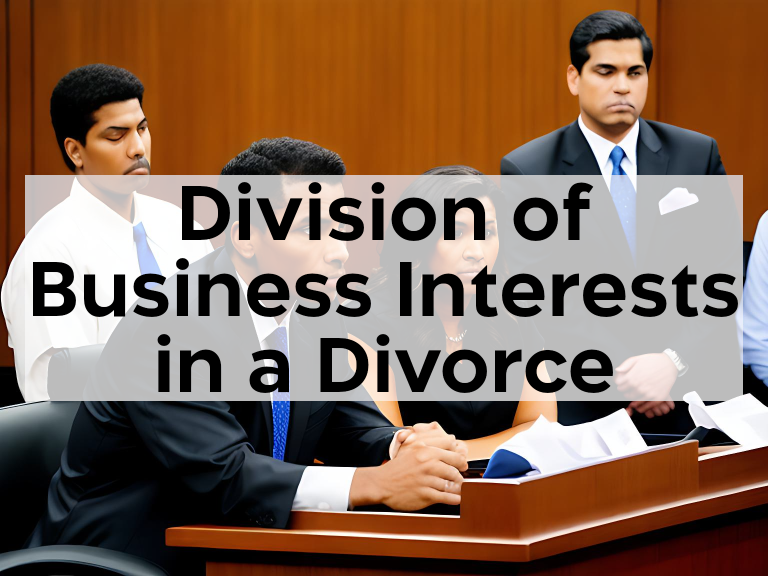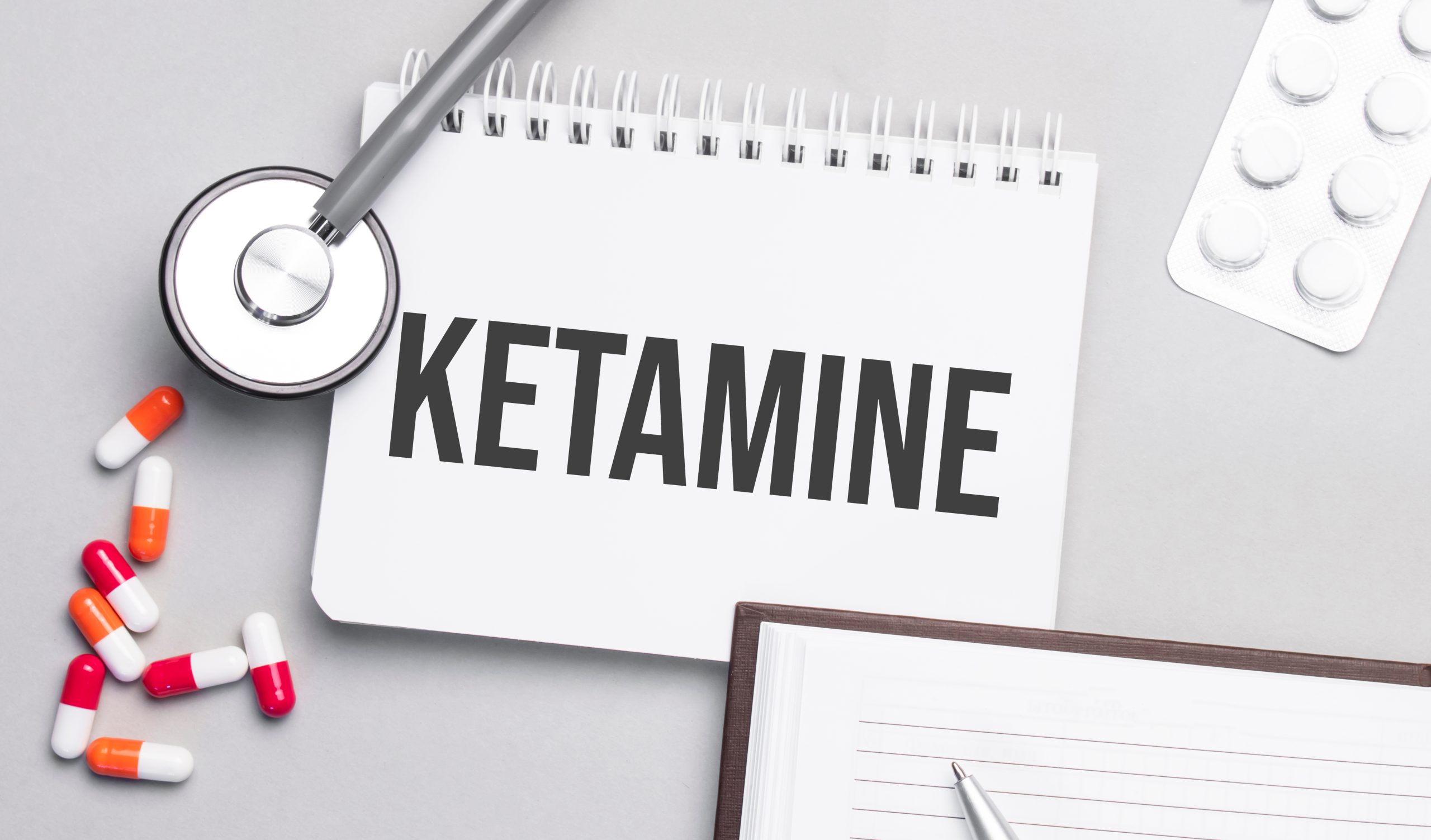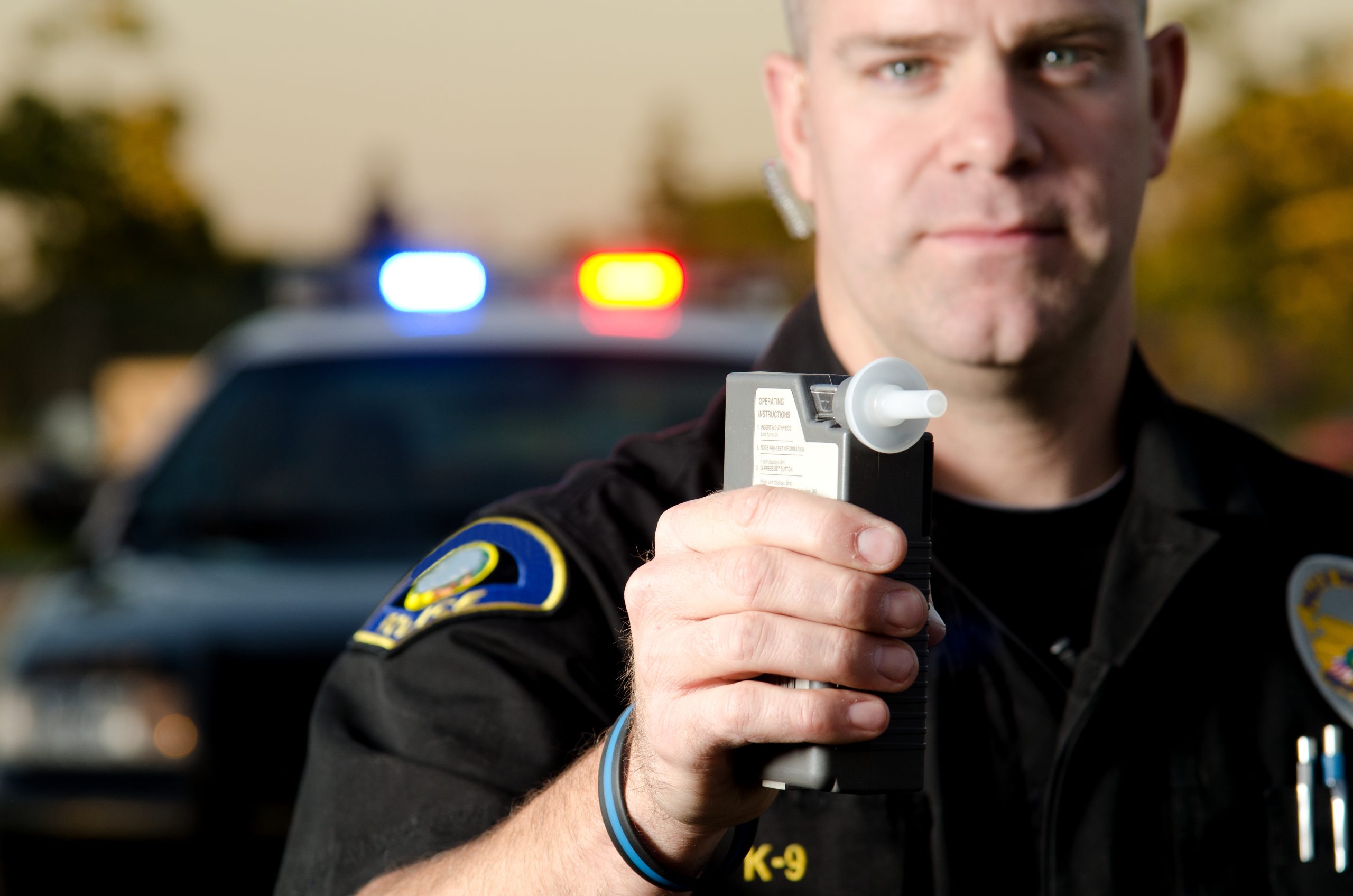DISCLAIMER: Altiorem Legal Services (hereinafter, “Altiorem”) cannot and does not provide legal advice. Altiorem is not a law firm; Altiorem’s staff are not attorneys, cannot act as attorneys, and do not act as attorneys; and any information provided by Altiorem in this article or otherwise is not a substitute for legal advice from an attorney. The information contained in this article should not be construed as legal advice, as it is not intended to be legal advice; the information in this article is provided for educational purposes only. Again, none of the information provided in this article should be construed as legal advice, and nobody should rely on or use the information contained in this article in their legal matters.
WHAT SHOULD YOU DO IF YOU ARE ARRESTED?
Any run-in with the law can be nerve-wracking. It can be overwhelming and scary to have any involvement with the police.
When interacting with police, it is important to keep calm and remember one’s rights, especially if one is being arrested.
An arrest is an actual restraint of the person arrested and submitted to custody. However, according to Utah law, the person being arrested cannot be subjected to any more restraint than is necessary for arrest and detention.1See Utah Code § 77-7-1
A few things are important to know if one is being arrested, such as avoiding self-incrimination and invoking one’s Fifth Amendment right to remain silent when appropriate.
WHAT IS INVOKING THE FIFTH?
Almost everyone knows the phrase: “You have the right to remain silent.” This means that any person has the right not to speak with the police because anything the person says could incriminate the person and be used against them.
Under the Fifth Amendment, no one “shall be compelled in any criminal case to be a witness against himself.”2United States Constitution, Fifth Amendment. Because all persons have the right not to “be a witness against” themselves, the Fifth Amendment grants individuals rights that protect them from incriminating themselves, provided that they use these rights correctly and invoke them appropriately.
The Fifth Amendment states:
No person shall be held to answer for a capital, or otherwise infamous crime, unless on a presentment or indictment of a grand jury, except in cases arising in the land or naval forces, or in the militia, when in actual service in time of war or public danger; nor shall any person be subject for the same offense to be twice put in jeopardy of life or limb; nor shall be compelled in any criminal case to be a witness against himself, nor be deprived of life, liberty, or property, without due process of law; nor shall private property be taken for public use, without just compensation.3Legal Information Institute, Fifth Amendment, https://www.law.cornell.edu/constitution/fifth_amendment (last visited Aug. 16, 2022)
As a result, the Fifth Amendment grants individuals the right to remain silent under police or courtroom examination and the right to decline to testify in their own defense.
WHAT DOES SELF-INCRIMINATION MEAN?
Self-incrimination is implicating oneself in a crime or exposing oneself to criminal prosecution.4See Wex Definitions Team, Self-Incrimination, https://www.law.cornell.edu/wex/self-incrimination (last updated June 2022)
An example of self-incrimination would be when an officer asks, “Do you know why I pulled you over?” and the person responds, “I might have been going a little over the speed limit.” In this example, the person self-incriminated by admitting to a crime—speeding.
OTHER IMPORTANT THINGS TO CONSIDER
After invoking the Fifth, there are some important things to consider:
- Remain Silent. To prevent self-incrimination, be patient and resilient, and remain silent throughout the entire encounter with law enforcement.
- Remain Calm. Becoming upset or fighting with the police officer will only make things worse.
- Remain Compliant. If the police ask you to put your hands on your head, comply and put your hands on your head. One should comply with the police’s commands; however, a person does not have to answer the police’s questions to be compliant; the person has the right to remain silent, so they should use it. It is one’s Fifth Amendment right to stay silent, but that right does not entitle one to not comply with an officer’s commands.
Other things to bear in mind:
- A person has the right to an attorney, so they should ask for one!
- One has the right to make a local phone call, and the police cannot listen to the call if one is speaking with an attorney; however, police can and will listen to calls made to anyone else.
- As soon as possible, the person arrested should write down everything they can remember about the events leading up to their arrest and other important factors involved.
- One does not have to consent to a search of themselves or their belongings, but police may pat one down if they suspect that one is, for example, carrying a weapon.
- One should not sign anything unless they have an attorney present and unless the attorney counsels one to sign.
- One should not lie to one’s attorney or the police if one chooses to talk to them.
- If law enforcement officers come to one’s home, one does not have to let them inside unless law enforcement has certain types of warrants, such as:
- a search warrant for one’s listed address; and/or
- an arrest warrant for someone within the home.
- Even if an officer has a warrant, one still has the right to remain silent, so it is imperative to use it.5ACLU, Stopped by Police, https://www.aclu.org/know-your-rights/stopped-by-police#ive-been-arrested-by-the-police (last visited Aug. 16, 2022)
- Most importantly, one should stay calm and not run from, resist against, or obstruct the officers; one should not lie or give false information or documents to police; and one should keep their hands where the police can see them.6See Id.
CRIMINAL LAW PROCESS AFTER AN ARREST
Filing Charges
To initiate a criminal case against a defendant, the police provide reports and evidence to the prosecuting attorney. The prosecuting attorney then decides whether charges should be filed and, if so, which charges.
If it decides that charges should be filed, the prosecution produces a charging document with an affidavit of probable cause stating the cause of the defendant’s arrest and how this lays the foundation for the charges filed. The prosecution needs to describe with specificity the factors of the case that satisfy the elements of the crime(s) charged with.
Arraignment
After the preceding process, the court will schedule an arraignment7An “arraignment” is the formal reading of a criminal charging document in the defendant’s presence to inform the defendant of the charges against them. hearing. At the arraignment, the defendant will be formally advised of the charges placed against them and the defendant’s constitutional rights and protections.
Setting Bail
Bail is determined by the judge and is often assigned during the arraignment.
Entering a Plea
At the arraignment, the defendant will also have the opportunity to plead guilty or not guilty to the crimes charged.
Preliminary Hearing
Next, the defendant will have a preliminary hearing to review the alleged probable cause in the case. This is the hearing where the judge will determine whether there is enough evidence to support the charges placed against the defendant.
A preliminary hearing is not always required, and the defendant can choose to waive it.
If the defendant is out on bail, the preliminary hearing must be scheduled within twenty-one days after the initial appearance. However, if the defendant is being held in jail, the preliminary hearing must be held within fourteen days after the initial appearance.8Offices of the United States Attorneys, Preliminary Hearing, https://www.justice.gov/usao/justice-101/preliminary-hearing (last visited Aug. 16, 2022)
Scheduling the Trial and the Pre-Trial Conference
If a judge concludes that probable cause exists to support the charges placed against the defendant, a trial will soon be scheduled.9See id.
A pre-trial conference is then held before the trial. This is where the defense and prosecuting attorneys discuss the case and a possible plea agreement.
The case will move to trial if a plea agreement is not offered or accepted.10American Bar Association, How Courts Work (Nov. 28, 2021), https://www.americanbar.org/groups/public_education/resources/law_related_education_network/how_courts_work/arrestprocedure/
Trial By Jury
The defendant will have a jury trial unless they waive their right to a jury trial (in a criminal case). The Sixth Amendment to the United States Constitution guarantees the right to a trial by jury in criminal cases; however, as a side note, the Constitution does not guarantee the right to a trial by jury in civil cases.
A jury is a group of people empowered to make findings of fact and render a verdict for a trial.11Wex Definitions Team, Jury, https://www.law.cornell.edu/wex/jury (last updated Apr. 2022)
The jury consists of twelve members of the public who sit in a box to one side of the judge. One of the jurors is selected as a foreman of the jury by the members of the jury before the case starts.12Citizens Information, Role of the Jury, https://www.citizensinformation.ie/en/justice/courtroom/jury.html (last modified May 10, 2021)
Verdict and Sentencing
If the defendant is found guilty at trial, their case will be moved to the sentencing phase. If the defendant is found not guilty, the case is closed, and the defendant is free to go.
There is a separate hearing held for sentencing that happens after the trial. Once the defendant has finished their sentence, the case is closed.
FEDERAL CRIMINAL LAW PROCEDURES
In federal cases, as well as in state cases where state law language mimics federal law language, there are eleven steps in the criminal process:
- investigation;
- charging;
- initial hearing/arraignment;
- discovery;
- plea bargaining;
- preliminary hearing;
- pre-trial motions;
- trial;
- post-trial motions;
- sentencing; and
- appeal.
These eleven steps are further and more specifically described as follows:
1. Investigation
There are investigation agencies (FBI, DEA, DHS, etc.) that the federal government employs to investigate crimes and obtain evidence.
Part of the investigation may involve a search warrant. Arrests and search warrants both require probable cause.
In gathering evidence, there is direct and circumstantial evidence. Direct evidence is evidence that supports the facts without interference. Testimony of an eyewitness to a crime is considered direct evidence because the person actually saw the crime. However, circumstantial evidence is statements or information obtained indirectly or not based on first-hand experience by a person.
2. Charging
For potential felony charges, a prosecutor will present the evidence to an impartial group of citizens called a grand jury. After the prosecutor studies the information from the investigators and the information they gather from talking with the individuals involved in the case, the prosecutor decides whether to present the case to the grand jury.
States are not required to charge by use of a grand jury. Many do, but the Supreme Court has interpreted the Constitution to only require the federal government to use grand juries for all felony crimes (federal misdemeanor charges do not have to come from the federal grand jury).
When a person is indicted (i.e., formally accused of or charged with a serious crime), they are given formal notice that it is believed that they committed a crime. The indictment contains the basic information informing the person of the charges against them.
The location of the trial is called the venue, and federal cases are tried in a United States District Court.
3. Initial Hearing / Arraignment
Either the same day or the day after a defendant is arrested and charged, the defendant is brought before a magistrate judge for an initial hearing on the case. At that time, the defendant learns more about their rights and the charges placed against them, arrangements are made for the defendant to have an attorney, and the judge decides if the defendant will be held in prison or released until trial.
In many cases, the law allows the defendant to be released from prison before a trial if they meet the requirements for bail. Before the judge decides on whether to grant bail, they must hold a hearing to learn facts about the defendant, including how long the defendant has lived in the area, whether the defendant has family nearby, the defendant’s prior criminal record, and whether the defendant has threatened any witnesses in the case. The judge also considers the potential danger to the community posed by the defendant. If the defendant cannot post bail (pay the money), the judge may order the defendant remanded into the custody of the U.S. Marshals pending trial.
During the arraignment, the defendant would also be asked to plead guilty or not guilty to the charges against them.
4. Discovery
The prosecutor has to become familiar with the facts of the crime, talk to the witnesses, study the evidence, anticipate problems that could arise during the trial, and develop a trial strategy. Meanwhile, the defense attorney is preparing in the same way.
Both of these attorneys will interview witnesses. These witnesses must take an oath, vowing to tell the truth.
There are three types of witnesses:
- a lay witness is a person who actually watched certain events and describes what they saw;
- an expert witness is a specialist who is educated in a certain field (e.g., a doctor examining physical injuries pertaining to a case); and
- a character witness is someone who knew the victim, the defendant, or other people involved in the case. Character witnesses usually do not see the crime, but they can be very helpful in determining the personality of the defendant or victim.
Then, the prosecution and defense attorneys will determine which witnesses to use.
Prosecutors must also provide the defendant with copies of materials and evidence that the prosecution intends to use at trial against the defendant. This process is called discovery, and it continues from the time the case begins to the time of trial. A prosecutor is obliged to provide the defendant with documents and other information that may reflect upon the case. A failure of the prosecutor to do so can expose the prosecutor to fines and/or sanctions by the court. Further, the prosecutor must provide the defense with evidence that may hurt the prosecutor’s case, called exculpatory evidence. This evidence can show the defendant’s innocence. If the prosecution does not provide available exculpatory evidence to the defense, it may require a new trial.
5. Plea Bargaining
When the government has a strong case against a defendant, the government may offer the defendant a plea deal to avoid trial and reduce the defendant’s exposure to a lengthier sentence.
A defendant may only plead guilty if they actually committed the crime and admit to doing so in open court before the judge. If a defendant pleads guilty, there is no trial, and the next step is to prepare for a sentencing hearing.
6. Preliminary Hearing:
A preliminary hearing will often be held once the defendant has entered a plea of not guilty. At the preliminary hearing, the prosecutor must show enough evidence to charge the defendant. Preliminary hearings are not always required, and the defendant can waive them.
A preliminary hearing is like a mini-trial. The prosecution will call witnesses and introduce evidence, and the defense can cross-examine witnesses. However, the defense cannot object to using certain evidence, and in fact, evidence is allowed to be presented at a preliminary hearing that could not be shown to a jury at trial.
If, at the preliminary hearing, the judge concludes that probable cause exists for the charges filed against the defendant, a trial will soon be scheduled. However, if a judge does not believe the evidence establishes probable cause, they will dismiss the charges.
7. Pre-Trial Motions
A motion is an application or request to the court made by either party, requesting that the court decide on a certain issue before the trial begins.
Common pre-trial motions include:
- Motions to Dismiss, which are an attempt to get the charge(s) or the case dismissed, which can be done if there is not enough evidence in the case to support the charges;
- Motions to Suppress, which are an attempt to keep certain statements or evidence from being introduced as evidence in the case; for example, if police conducted a search without probable cause, in violation of the Fourth Amendment, it may be possible to suppress the evidence found during that search; and
- Motions to Change venue, which can be submitted for multiple reasons, including, among others, pre-trial publicity—e.g., if the local news is interested in the case, it may be necessary to move the trial to another venue to protect the defendant’s right to an impartial jury, because the media can manipulate people’s opinions.
8. Trial
During trial, the prosecutor uses witnesses and evidence to prove to the jury that the defendant committed the crime(s) charged with. The defendant, represented by an attorney or representing themselves (“pro se”), tells their side of the story using witnesses and evidence.
The judge decides what evidence can be shown to a jury.
A trial is divided into the following stages:
A. Jury Selection.
The prosecutor and defense attorney select the jurors for the case. Twelve jurors are randomly selected from the jury pool (also called the “venire”).
- A jury should represent all types of people, races, and cultures.
- Each side is allowed to excuse certain potential jurors without providing a reason by using a limited number of “peremptory challenges.”
B. Opening Statements.
The prosecution and the defense briefly tell their account of the events.
- These statements are short and do not involve witnesses or evidence.
- The prosecutor makes an opening statement first because the government has the burden of proving that the defendant committed the crime.
C. Presentment of Cases: Witness Examination.
- The prosecutor begins a direct examination of his first witness.
- Direct examination is the prosecutor’s first step in attempting to prove the case, and it can last from a few minutes to several days.
- During direct examination, the prosecutor can introduce evidence such as weapons or something from the crime scene.
- Following the prosecutor’s examination of a witness, the defense attorney has an opportunity to cross-examine or ask questions to the same witness.
- The purpose of cross-examination is to create and establish doubt as to the credibility of the witness.
- After that, the prosecutor asks the witness final questions to clarify any confusing testimony for the jury. This is called redirect examination.
- Once this is done, the prosecutor rests their case.
- No more witnesses can be called or evidence introduced by the government after the prosecutor rests their case.
- After the prosecution rests, the defense has the opportunity to present witnesses and evidence to the jury.
- There is no burden upon the defendant to prove that they are innocent; it is the government’s responsibility to prove the defendant committed the crime.
- The defense can choose not to put up any evidence or witnesses.
D. Objections.
During direct or cross-examination, either attorney can object to a question or a piece of evidence to the judge. Common objections include:
- Hearsay: A statement by a witness who did not see or hear the incident but learned it from secondhand information; and
- Relevance: Testimony and evidence must be relevant to the case.
E. Closing Arguments.
Closing arguments are the final opportunity for the prosecutor and the defense attorney to talk to the jury. These arguments allow both attorneys to summarize the testimony and evidence presented during the trial and ask the jury to return a verdict of guilty or not guilty.
F. Jury Instructions.
Following the closing arguments, the judge “charges the jury” or informs them of the appropriate law and what they must do to reach a verdict.
G. Jury Deliberations and Announcement of the Verdict.
This is the process of deciding whether a defendant is guilty or not guilty.
- The jury delivers their verdict.
- If the defendant is found not guilty, they are usually free to go home.
9. Post-Trial Motions
If the defendant is convicted, several motions can be filed after the trial is over, including:
- Motion for a New Trial: The court can vacate the judgment and allow for a new trial to take place and reexamine the issues.
- Motion for Judgement of Acquittal: The court may set aside the jury’s verdict and allow the defendant to go free.
- Motion to Vacate, Set Aside, or Correct a Sentence: Often successful in correcting a clerical error in the sentence.
10. Sentencing
A few months after the defendant is found guilty, he returns to court to be sentenced.
There are many types of sentences, including the death penalty. However, the death penalty can only be imposed on defendants convicted of capital offenses—such as murder, treason, genocide, or the killing or kidnapping of a Congressman, the President, or a Supreme Court justice. In Utah, only aggravated murder could potentially result in the death sentence. Unlike other punishments, a jury must decide whether to impose the death penalty. Many states have stopped using the death penalty, though the federal government may still use it.
The Supreme Court has found that imposing the death penalty on those under the age of eighteen at the time of the crime or the mentally challenged is “cruel and unusual punishment” under the United States Constitution.
11. Appeal
Even after a defendant is found guilty, they can appeal to the Circuit Court if they believe they were wrongly convicted or the sentence was too harsh.
A specific conviction may be reversed, a sentence altered, or a new trial may be ordered altogether if the Court of Appeals decides that particular course of action.
CONTACT US TODAY!
Do you need help with criminal law procedures? Let Altiorem help you today with affordable, top-quality legal services.
Expertise. We are knowledgeable, skilled, and experienced in the process of criminal law and in drafting all manner of legal documents, such as briefs, pleadings, motions, memoranda, letters, contracts, etc. If you need a top-quality, professional, excellently written, well-researched, and compelling legal document drafted, then look no further!
Quality. We produce top-quality, properly written legal documents with impeccable grammar, punctuation, spelling, structure, flow, information, compelling legal arguments, and persuasive legal conclusions. You can see the quality of our work on our work samples page, where you can peruse and evaluate our writing, as well as our other blog posts.
Experience. Our paralegals are highly experienced in working with attorneys, other paralegals, and court personnel.
Customer Care. Navigating the Utah legal system can be daunting and confusing. Let Altiorem relieve your stress and be your guide. Altiorem has a team of professional paralegals ready to work for you. We want to give you the best chance at getting an outcome for your case that you will be happy with. We are happy to receive documents via email from you, speak with you on the phone, look through court files, or even translate documents (English / Spanish)!
Accessible. If you are interested in retaining our services, we can be contacted at (801) 855-6541 (text or call) and at altiorem@altioremlegalservices.com. If you have a project in mind that you would like us to work on, please click here to send us a project request and get a quote. Alternatively, you can send us an email detailing the work you need to be performed, and a real person will respond promptly.
Thank you for your attention and consideration.



